C-store retailers are finding some creative ways to make sure their unsold fresh food goes a lot further than the local landfill site
As retailers increase their fresh food offer to meet shoppers’ increasingly high expectations, managing food waste efficiently is key.
The priority is, of course, to keep waste to a minimum in the first place by matching supply with demand. But to truly provide a strong fresh offer, a certain level of wastage is inevitable.
Chris Shelley, who opened Shelley’s Budgens store with his father Phil, in Holbrook, West Sussex, at the end of 2015, is new to the world of fresh food, having previously run a small newsagents on the site.
“Going into convenience has been a steep learning curve as fresh food has been a challenge. We started off with a lot of wastage. When we started recording it in January we were at about 3% waste. We told the staff making the orders to calm down, and then we had times when we had empty shelves.
“Now we are starting to get the balance right and have about 2% waste. We are conscious that we want to be seen as a fresh food store so it’s important to have the full range on the shelf, even if that means some wastage, so I see the cost of waste as a marketing budget in a way.”
Chris finds that a staggered price reduction strategy beginning the day before a product expires means he can sell the bulk of products that are nearing their expiry date. He gives a 25% reduction the night before the product has to come off the shelf, just after the evening rush, then another reduction, to 50%, just after the lunch rush on the day that it expires.
Jatinder Sahota, of Max’s Londis, Isle of Sheppey, Kent, claims to have 2.5% waste. He also starts to shift products nearing their expiry by offering staggered price reductions. “On the day something is going to expire we reduce it once in the morning, by 25%, then if it still hasn’t sold in the afternoon we reduce it to half price,” he says. “Then in the last couple of hours if it still hasn’t sold, which it usually has, we knock some more off just to cover our costs. At the end of the day it’s only going to go in the bin so we like to try to cover costs.”
Clive Sheppard, director of the Chartman Group, also reduces products that are nearing their expiry. However, he takes a different approach when it comes to seasonal lines. “After Christmas I saw that lots of stores had surplus cream products such as clotted cream and all the different flavoured creams. They are hard to sell when an occasion is over,” he says.
“With those sorts of items you have to make a very deep cut to get the products out. There’s a saying in the trade ‘the first cut is the best cut’ - it’s better to get it out in the first round of cuts.”
But reducing the price of products isn’t the only way to avoid them going to waste. One influential Simply Fresh retailer has turned his potential food waste into profit by using it in meals cooked in store. Simon Biddle, of Biddles Simply Fresh, Worcestershire, prepares chicken pies, lasagne, quesadillas and many other meals, which are cooked and then chilled. Some of the meals are cooked by the local dinner ladies early in the morning before they do the school shift. He also sells fruit pots, salad bowls and sandwiches.
“Anything which is looking tired or damaged, or not appealing on the shelf, we will use what we can to turn into meals,” says Simon.
“I’ve been doing it for about 20 years now and some of the other Simply Fresh retailers have come in to get some ideas.”
Sukraj Chatha, of Simply Local, Coventry, is finding creative solutions to using unsold hot food. He and his staff cook chicken in a variety of ways, including spit roast and southern fried chicken. Once cooked, the southern fried chicken can be sold individually or as part of a meal, with chips and a drink. What’s more, if the roast chicken does not sell it can be used cold in salads and sandwiches. Therefore, he essentially gets three chances to sell it.
Spar forecourt retailer David Charman knows he will end up with a certain amount of waste from the fresh fish and meat counters at his Parkfoot forecourt store in West Malling, Kent, and admits he is frequently eating fish for dinner. However, he thinks it’s worth dealing with a bit of fish pie overkill in order to have a store which is clearly serious about its fresh food.
Get creative
David points out that the wastage from the meat counter is much easier to control. “We are able to freeze beef. We can then thaw it out and make it into a burger, then we can refreeze the burgers then sell those. So meat can be sold any number of things.”
He uses the same technique with pork, using that meat to create home-made sausages which also sell well.
“Other than that we also use products to create items in our bakery. If we’ve got something on the shelf at £3, rather than throwing it away we aim to cook it and sell it in another format and sometimes we can get more money for it that way.”
Once you have exhausted every way possible of getting money for your waste food, it still doesn’t have to end up in landfill. David notes that AF Blakemore sends its food waste to an anaerobic digestion plant. This generates biogas to supply the National Grid and agricultural supplements.
The Co-operative retail stores’ food waste is also processed through anaerobic digestion, plus a number of its stores are involved in donating surplus food to local pig farmers and zoos, or working with FareShare, an organisation which passes food on to charities and community groups.
Co-operative Food estimates that in 2016 it could provide 500 tonnes from all depots - enough food for more than a million meals.
Redistributing food
Dr Richard Swannell, director of sustainable food systems at the charity Waste & Resources Action Programme (WRAP), says: “We are delighted to see the progress the Co-operative Food has made in redistributing quality food from across its supply chain.
“No one wants to see perfectly edible food in the bin when it can be used to feed people; that’s much better for society, the environment and the economy.”
Meanwhile, through partnerships with local homeless shelters, charities, soup kitchens, breakfast clubs and restaurants, food waste donations have helped My Local stores to build strong community links and gain positive local press coverage.
The My Local in Mutley Plain, Plymouth, donates unwanted fresh food to the Salvation Army. Every morning at about 8am the store prepares a hamper to pass to representatives of the charity. My Local store manager Mark Jones says: “We really want to mix with the local community. By listening to the locals and helping charities close to home we hope we can build a strong bond here.”
Luke Holman, duty manager at the store, says the work with the Salvation Army has been well publicised locally and has boosted shoppers’ opinions of the store.
“There’s been a few articles in the local press telling people about the donations, and customers have come in and said they have seen what we are doing and appreciate it so it’s well known.”
My Local on Cambridge Street, Harrogate, donates fresh food to the Harrogate Homeless Project. The store opened last October and the store’s management wanted to become a more active part of the community. Store manager Rob Massey says: “We hope we might be able to make a real difference. The local newspapers have written about these efforts, therefore improving the store’s perception among shoppers.”
Liz Hancock from the Harrogate Homeless Project adds: “It is so refreshing to see a company give good product away instead of throwing it away. We rely on food donations for those living in the hostel, and for our day service Springboard, where we serve on average 40 hot meals a day to those in need. We are delighted to have been approached by Rob and his team to form a new and strong partnership that will help the less fortunate of the district.”
Retailers are in agreement that no matter what your policy, waste doesn’t have to be wasted. “Even with the reductions in place and a low-waste margin, it’s still a sizeable amount of food going in the bin and it’s a shame to see it go to waste,” asserts David. “I am definitely going to try to find a local charity or farm I can give my waste to so that it will at least be used in some way.”
Tools to manage waste
Technology is helping retailers control their waste, or to put it to better use.
The Waste & Resources Action Programme (WRAP) charity provides several tools for retailers looking to reduce their waste on its website, www.wrap.org.uk. One such tool is the Volume to Weight calculator, which enables you to work out the weight of the waste you are producing based on the number and size of bins that are collected for waste/recycling. It also helps to calculate the percentage of waste you are recycling.
Business app creator TAAP has created an app that helps retailers indicate whether surplus food is suitable to be donated to local charities.
The app, currently being trialled by Tesco, is designed for all stores to use. It allows retailers to indicate if an item can be donated simply by scanning it. Fareshare – a company which distributes food to charities – then informs local charities about the donation opportunity and those charities go to the store to pick up the items.
For more information go to www.ontaap.com.
Waste disposal
The importance of sorting waste
Waste management provider Biffa collects between 48 and 60 new tonnes of food waste per month. Simon Rutledge, sustainability manager at Biffa explains that as the number of c-stores is increasing so too is the volume of potential food waste being generated.
“There is always going to be a degree of food waste that is not fit for human consumption and so has to be disposed of, but that doesn’t mean it must go to landfill. Convenience store retailers should ensure that all staff have an understanding of how to dispose of waste correctly, separating food from other types of waste such as cardboard and metals to ensure that the food waste can be recovered and sent to be processed via anaerobic digestion.”
He says once staff are aware that food waste can be turned into renewable energy and biofertilizers, they are more likely to dispose of it correctly.















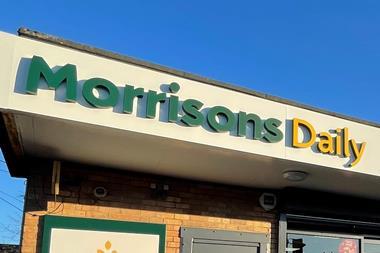
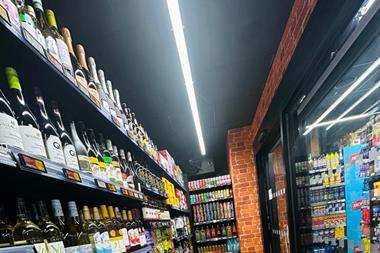
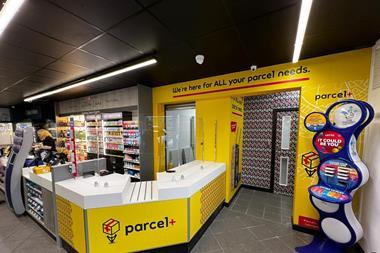

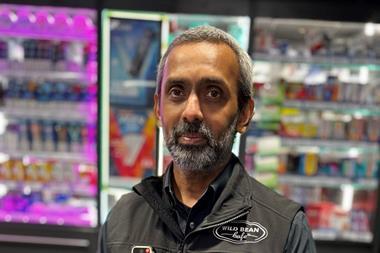
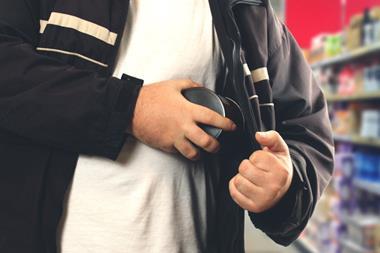
No comments yet